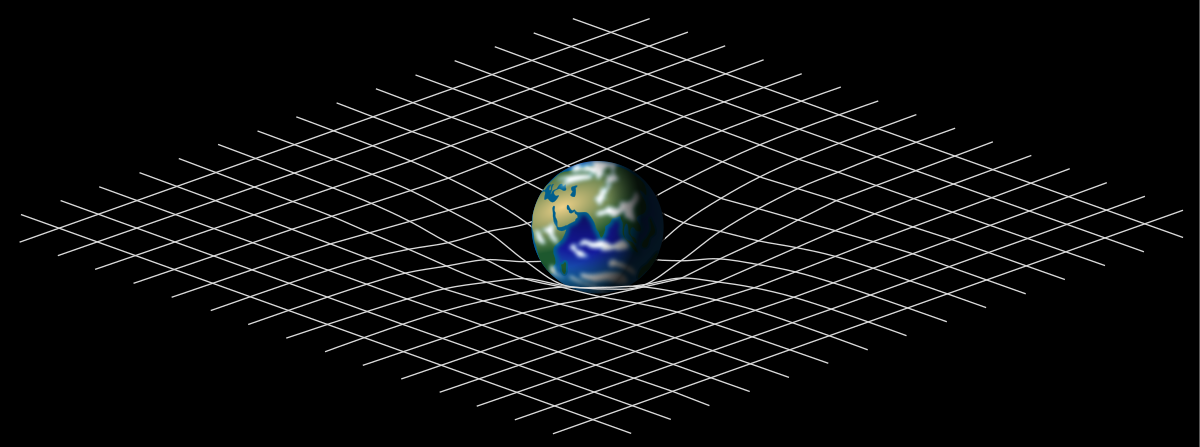Research conducted by:
Neev Khera, graduate student in physics; Abhay Ashtekar, Eberly Professor of Physics and Badri Krishnan, research group leader, Max Planck Institute
Tags:
astronomy astrophysics general relativity physics
Research Summary:
Enhancements in detector sensitivity and more gravitational wave detections will make it possible to estimate parameters of compact binaries with greater accuracy and also to carry out sharper tests of general relativity itself. To do that, scientists will need accurate gravitational waveform models. This analysis aims to provide insights into sources of errors.
How Roar played a role in this research:
Calculations were performed using Penn State's Roar supercomputer.
|
Article Title: |
Testing gravitational waveform models using angular momentum |
|---|---|
|
Published In: |
PHYSICAL REVIEW D |
|
Abstract: |
The anticipated enhancements in detector sensitivity and the corresponding increase in the number of gravitational wave detections will make it possible to estimate parameters of compact binaries with greater accuracy [assuming general relativity (GR)], and also to carry out sharper tests of GR itself. Crucial to these procedures are accurate gravitational waveform models. The systematic errors of the models must stay below statistical errors to prevent biases in parameter estimation and to carry out meaningful tests of GR. Comparisons of the models against numerical relativity waveforms provide an excellent measure of systematic errors. A complementary approach is to use balance laws provided by Einstein’s equations to measure faithfulness of a candidate waveform against exact GR. Each balance law focuses on a physical observable and measures the accuracy of the candidate waveform vis a vis that observable. Therefore, this analysis can provide new physical insights into sources of errors. In this paper we focus on the angular momentum balance law, using post-Newtonian theory to calculate the initial angular momentum, surrogate fits to obtain the remnant spin, and waveforms from models to calculate the flux. For brevity of presentation we restrict ourselves to the waveform models IMRPhenomXPHM, NRSur7dq4,SEOBNRv4PHM, IMRPhenomPv2, and SEOBNRv3. The consistency check provided by the angular momentum balance law brings out the marked improvement in the passage from IMRPhenomPv2 to IMRPhenomXPHM and from SEOBNRv3 to SEOBNRv4PHM and shows that the most recent versions agree quite well with exact GR. For precessing systems, on the other hand, we find that there is room for further improvement, especially for the Phenom models. View article on publisher's website |

